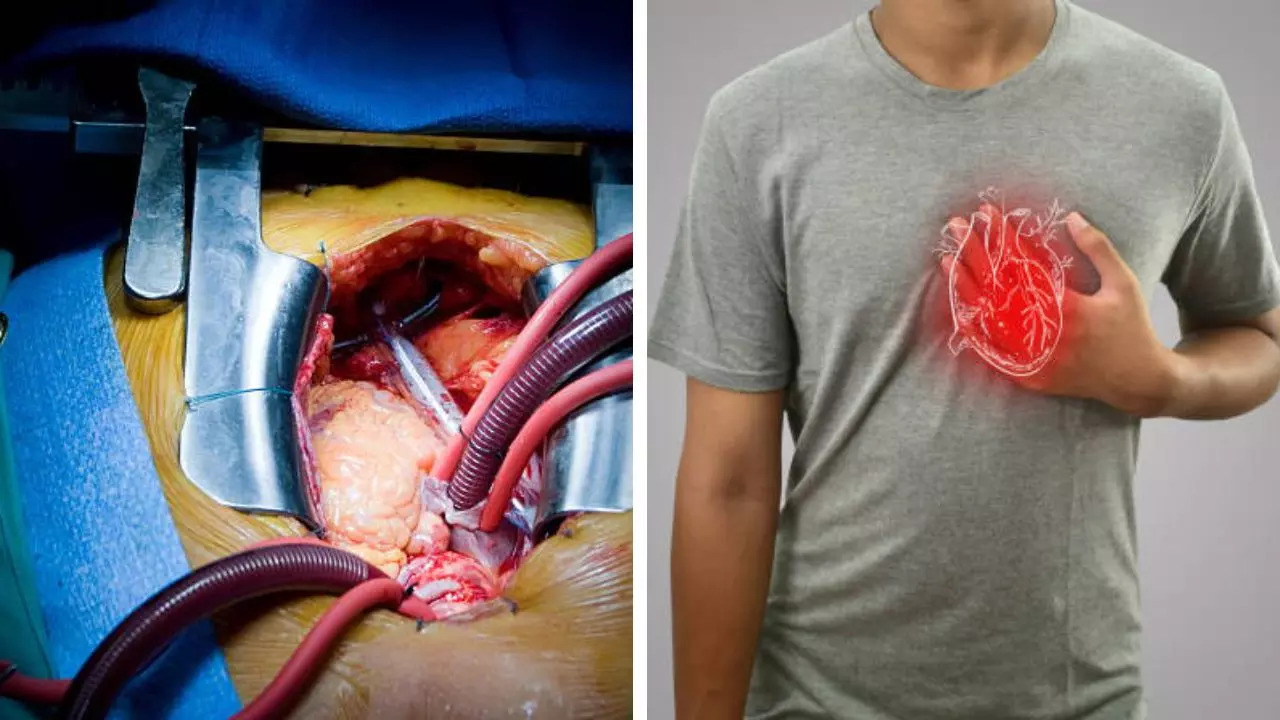While both have their own applications and benefits, it is necessary to know which one is necessary.
Both open heart surgery and bypass surgery are among the most popular and effective treatments for most heart diseases and conditions. According to doctors, while both have their own applications and benefits, you need to know which one is best for you.
While doctors perform open-heart surgery by directly accessing the heart through an incision in the chest, a bypass involves creating alternative pathways to direct blood flow.
What is the purpose of bypass versus open heart surgery?
Doctors say coronary artery bypass surgery can treat coronary artery disease, which occurs when the main arteries of the heart become blocked due to plaque buildup, leading to high cholesterol levels. Therefore, if the heart does not receive enough oxygen, it can cause a heart attack, which can also be fatal.
Open heart surgery refers to any heart procedure that involves areas extending to the rib cage. These surgeries are often necessary to repair damaged parts of the heart, replace a valve, treat congenital abnormalities, insert medical devices, and perform a heart transplant.
What are the side effects of bypass and open heart surgery?
Doctors say that like all other procedures, none of the heart-related surgeries are free of side effects, some of which include:
- Excessive bleeding
- Arrhythmia: Also known as irregular heartbeat.
- Blood clots
- Damage to other organs such as kidneys, liver or lungs.
- Infections
- Swelling and inflammation
- Pneumonia and other respiratory problems
- Death
What happens in bypass and open heart surgeries?
According to doctors, both bypass and open heart surgeries can be explained in detail:
Bypass procedure
This surgery usually takes about 3 to 6 hours and the surgeon makes an incision to access and remove a blood vessel from somewhere in your chest, arm, or leg to use as a bypass graft.
A special tool is then used to separate the ribs and access the heart, and blood flow is directed to a heart-lung machine. A new vessel is then connected, and once the graft is in place, the doctor can restart the heart with electric shocks, if necessary.
Open heart surgery
In open heart surgery, your surgeon will make an incision in your chest to access your breastbone and your heart will be temporarily connected to a heart-lung bypass machine to keep blood circulating through your body.
Your heart will then be removed and a new heart from a deceased donor will be carefully inserted.
What are the survival rates for both surgeries?
Experts say the success of any heart surgery depends on many factors, including the patient’s overall health, other underlying health conditions and the complexity of the surgery.
In a 2021 study, researchers found that the operative mortality for coronary artery bypass surgery was 2.2 percent, meaning that 2.2 percent of people died within 30 days of surgery.
Disclaimer:
The information contained in this post is for general information purposes only. We make no representations or warranties of any kind, express or implied, about the completeness, accuracy, reliability, suitability or availability with respect to the website or the information, products, services, or related graphics contained on the post for any purpose.
We respect the intellectual property rights of content creators. If you are the owner of any material featured on our website and have concerns about its use, please contact us. We are committed to addressing any copyright issues promptly and will remove any material within 2 days of receiving a request from the rightful owner.

